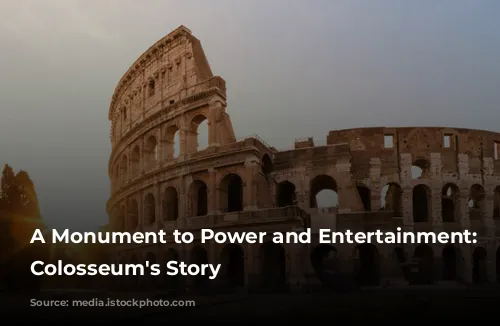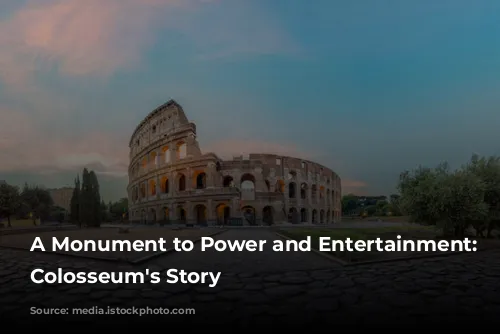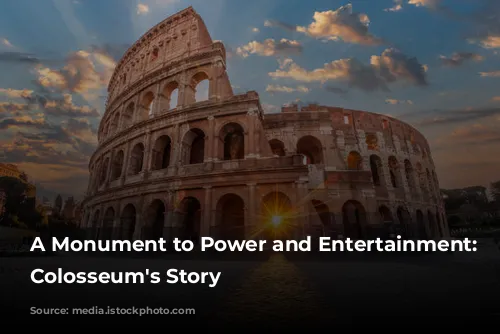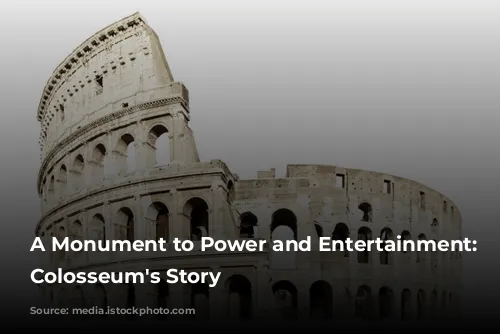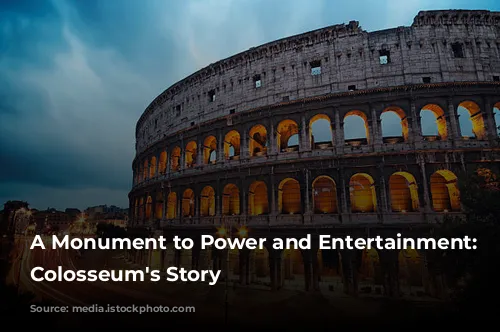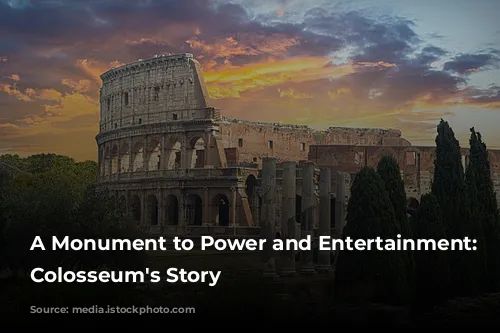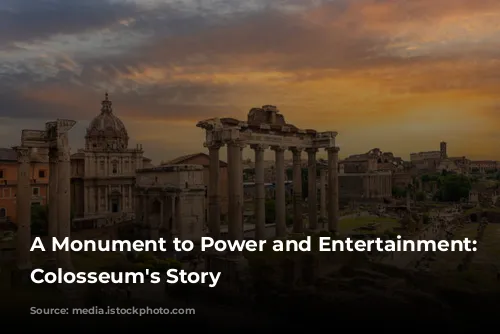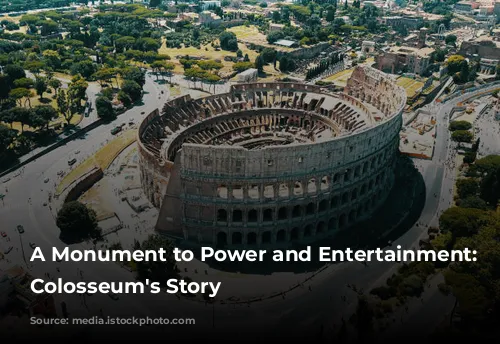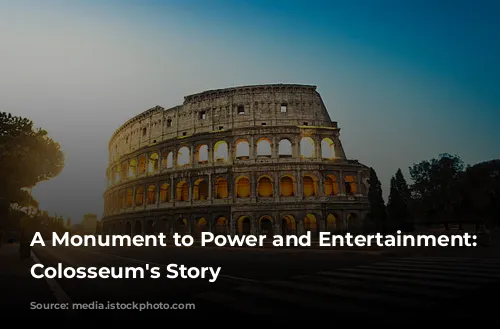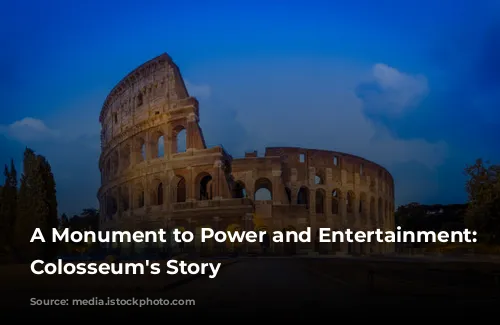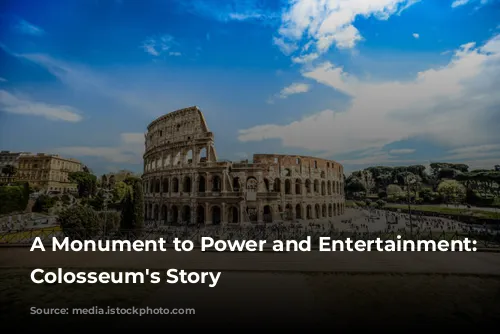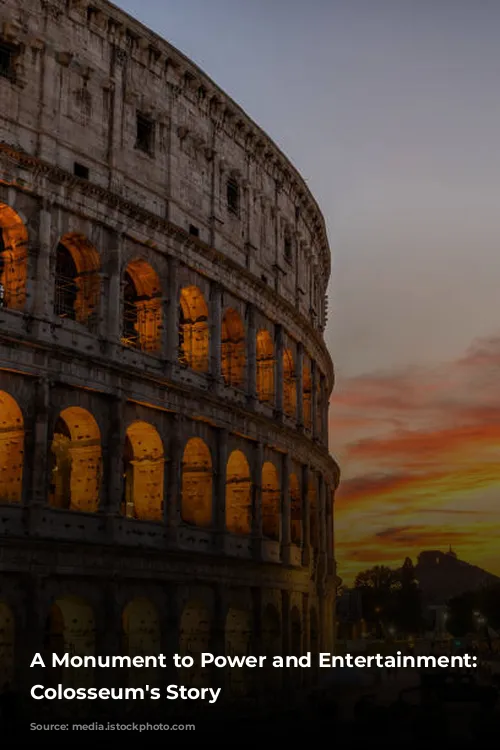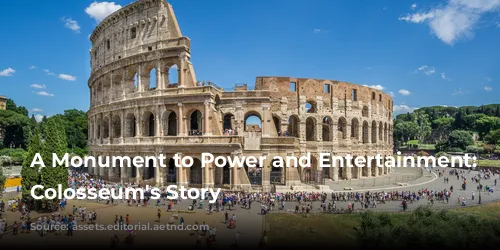The Colosseum, a towering symbol of ancient Rome, stands as a testament to the grandeur and might of the Roman Empire. This iconic amphitheater, built around the years 70-72 AD, wasn’t just a structure; it was a gift to the Roman people from Emperor Vespasian of the Flavian dynasty.
The Colosseum’s origins are deeply intertwined with a tumultuous period in Roman history. The death of the tyrannical Emperor Nero in 68 AD triggered a chaotic power struggle. Four emperors ascended the throne in a single year before Vespasian finally secured his position. The Flavian dynasty, with Vespasian at its helm, sought to restore order and stability.
Vespasian’s desire to connect with the Roman populace led to the Colosseum’s construction. He reclaimed land once occupied by Nero’s lavish palace, the infamous Golden Palace, and decreed that a new amphitheater would rise in its place.
The Colosseum was a marvel of engineering, a symbol of Roman power and ingenuity. Constructed over nearly a decade, it was the largest amphitheater in the Roman world, towering over 190 feet in length and 155 feet in width. Unlike earlier amphitheaters, it wasn’t carved into a hillside but stood proudly on its own, a testament to Roman architectural prowess.

A Stage for Spectacle
The Colosseum was more than just a building; it was a stage for breathtaking spectacles. It hosted gladiatorial combats, hunts, and even mock naval battles, where the arena was flooded with water. A sprawling space, it could accommodate over 50,000 spectators, whose seating arrangements may have reflected their social standing.
The gladiators who fought in the Colosseum were often slaves, prisoners of war, or even condemned criminals. Though men dominated the arena, a few brave women dared to take on the role of gladiators. The Colosseum was a crucible of human courage, a stage where lives were at stake, and the roar of the crowd reverberated through the stands.
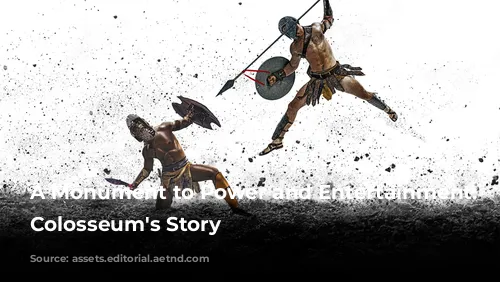
Time’s Toll: Decline and Restoration
The Colosseum, like all things, succumbed to the passage of time. The once vibrant arena fell into disrepair, a casualty of natural disasters and neglect. By the 6th century AD, the arena had lost its luster, gladiatorial combats were no more, and the once-grand spectacle was relegated to history.
Over the centuries, the Colosseum’s stones were plundered to build other structures, a testament to the impermanence of even the grandest empires. Yet, in the 18th century, a shift occurred. Popes sought to preserve the arena as a sacred Christian site, though it remains unclear if early Christian martyrs were truly executed there.
The 20th century brought further devastation, leaving the Colosseum a shadow of its former self. Weather, earthquakes, and human neglect chipped away at its majesty. By the century’s end, two-thirds of the original Colosseum was lost, leaving behind a poignant reminder of the passage of time.
Fortunately, restoration efforts began in the 1990s, a testament to the enduring power of history and the enduring legacy of this iconic structure. Though scarred by time, the Colosseum remains a powerful symbol of Rome’s enduring history, a place where the echoes of past battles and spectacles linger in the air.
Today, the Colosseum stands as a powerful reminder of the rise and fall of empires. It is a testament to the enduring power of human ingenuity and the enduring allure of spectacle, drawing visitors from all corners of the globe to marvel at its grandeur and contemplate the echoes of its tumultuous past.
